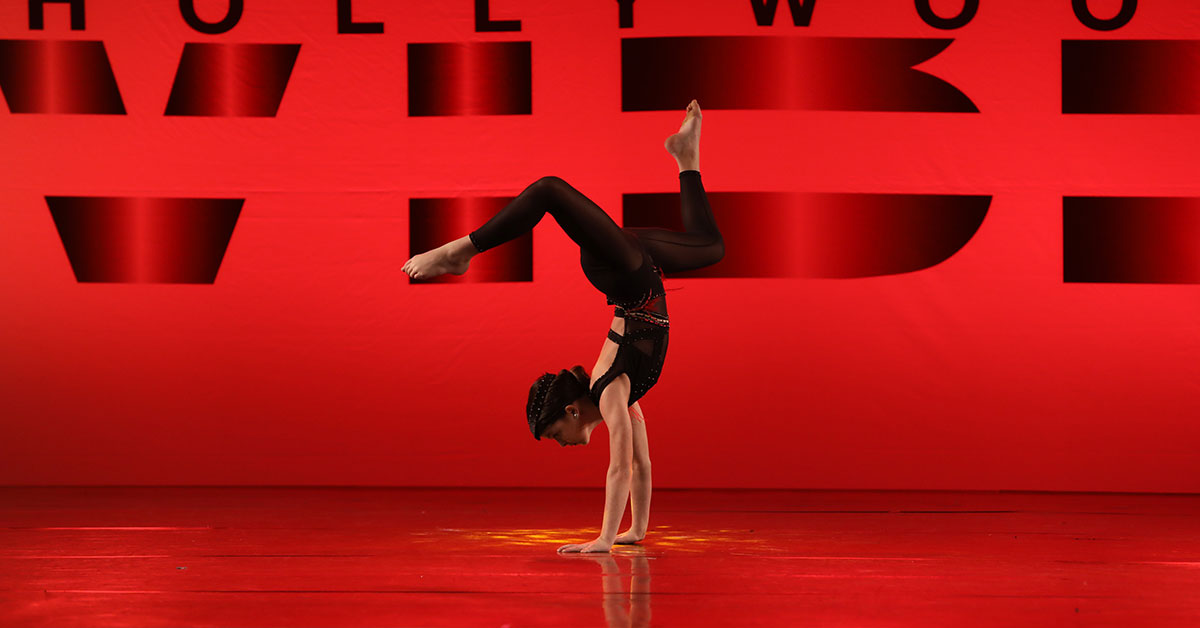Why Muscle Cramps Happen During Dance and How to Avoid Them

When dance students push themselves too hard, their bodies will sometimes fight back.
Muscle cramps, especially those in the feet, legs, and back, are painful and can be crippling to dancers, so it’s essential to understand muscle cramps and know how to treat them.
What are these cramps?
Muscle cramps or spasms are involuntary contractions of one or more muscles. They often happen without warning and can be caused by a variety of factors.
A sustained muscle spasm, one that lasts longer than a few seconds, is a muscle cramp. Though generally harmless, muscle cramps can temporarily make it impossible to use the affected muscle and cause pain to the area.
However, as any trained dancer knows you’ve got to quickly push through these cramps as the show must go on. Here are some tips to help you stay in those dance shoes and into the studio.
What are the causes?
There are several things that can result in muscle cramps. These can include:
- Nutrient deficiency – Experiencing muscle cramps indicates that your body lacks magnesium or other important vitamins and minerals. Dark, leafy greens, nuts and seeds, fish, beans, lentils, and bananas are all examples of magnesium-rich foods.
- Dehydration – Dehydration cramps occur from participating in rigorous physical activities such as dance, resulting in fluid loss from sweating or overexertion. Excessive depletion of bodily fluids, combined with low fluid intake, rids the body of vital electrolytes and water. Healthy muscle tissue requires adequate water, sodium, and more to stay strong and allow for quality muscle contraction.
- Tight muscles – Tight muscles can result from overexertion, not warming up appropriately, or holding a position for an extended period. When we have tight muscles, there’s a depletion of oxygen to that muscle because of reduced blood flow.
- Injury – Like tight muscles, injuries decrease the blood flow and oxygen supply leading to muscle cramps.
How can we prevent cramps?
Depending on the cause of the cramp, there are a few solutions you can try to help alleviate the discomfort.
- Warm-up properly – A guaranteed way to get a muscle cramp is to avoid warming up before your next rehearsal or performance. Often the best way to warm-up is with dynamic and static stretches. This will adequately prepare all your major muscles for the intensity of your dance class by enabling more blood to flow and reduce the chance of a muscle spasm or cramp.
- Take things slowly – Even after a good warm-up, don’t jump right into an intense dance routine. Make sure you slowly ease into your dancing. When you progress at a respectable pace, your muscles will have the time they need to adjust.
- Stay hydrated – It is crucial to drink plenty of liquids throughout the day and take regular breaks to hydrate during your dance class. If you have a heavy clinic or intense competition coming up, be sure to focus on hydrating all week long. Keep in mind that sometimes water is not enough. You may need a sports drink to replenish your body and replace lost electrolytes.
- Eat nutrient-rich foods – Beyond keeping yourself hydrated, it’s also essential to make sure you’re eating the right foods. Dancers must eat a balanced diet overall, but more than that, dancers need foods that are rich in electrolytes. These include bananas, spinach, beans, almonds, coconut, watermelon, and avocado. A diet high in essential vitamins and minerals can help ward off those often debilitating cramps and spasms.
- Relax – Stretching out a cramp will help release the muscle. Instinctively dancers want to avoid putting weight on a leg or foot that is cramping but taking a walk around the room is one of the best ways to transition the muscle from its contracted position. A self-massage with the hands or a foam roller helps as well.
- Self-care – Self-care is essential to prevent muscle cramps and ensure your body can perform at its peak capacity. This includes cooling down after dancing, stretching, and rolling out muscles on a foam roller to alleviate tightness. The use of ice or heat packs or a hot Epsom salt bath after a long day can also help. In addition, seeking out expert professional help is another great way to keep your body in peak condition.
As a dancer, muscle cramps and spasms are a part of life and they won’t always have a definitive cause. But that doesn’t mean we shouldn’t keep our bodies in top shape to reduce these incidents. A dancer’s body is their instrument, so it’s important to implement these tips so you can avoid anything cramping your style!
Keeping our dancers healthy is extremely important to us at EDC.
For more dance tips and essential class information, be sure to follow our informative blog and on social media
Photo Feature: Addison Kelly (Dancer/Model)
